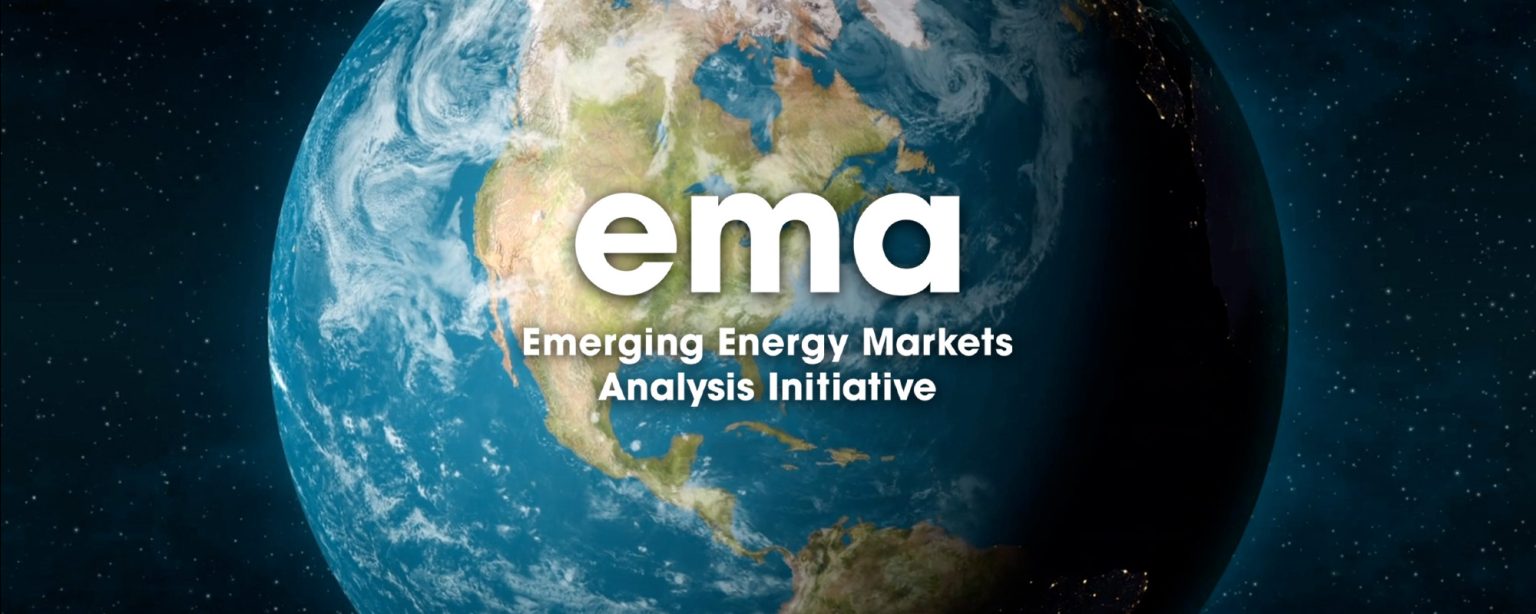In the past, finding the right energy solution for a community was relatively straightforward.
Fossil-fuel power plants dominated energy production, with large nuclear power plants and renewables playing a smaller role. A utility would evaluate these technologies for a given location based primarily on economic and market pricing considerations.
But now, as more communities transition to carbon-free energy, choosing the right energy solution is more complex.
To make sense of the transitioning energy landscape, a team of experts is helping communities choose more secure, sustainable and equitable energy infrastructures.
A framework for energy choices
A new initiative led by Idaho National Laboratory is working to accelerate the clean energy transition. The Emerging Energy Market Analysis (EMA) was formed with the University of Alaska, Boise State University, Massachusetts Institute of Technology, University of Michigan, and the University of Wyoming. The multidisciplinary team includes lawyers, sociologists, energy policy experts, engineers and scientists.
The EMA team helps people make energy choices that are right for their time, place and community. These choices are informed by a value map created using a multidimensional decision framework.
EMA’s framework is designed to assess emerging opportunities driven by energy market transitions, whether it’s a developing nation looking to build new carbon-free infrastructure, or a developed nation looking to replace fossil fuel-based electricity generation.
“We’re different from other energy policy shops,” said David Shropshire, a nuclear energy economist at INL who helped develop the framework. “We’re trying to understand what’s important to the ultimate user to better assess what a technology could provide, how it compares to the alternatives, and therefore, what the true price should be.”
That includes conventional nuclear and advanced nuclear technologies, which have some big advantages when it comes to carbon-free emissions, safety and reliability. “EMA really is changing the way we should view nuclear,” Shropshire said. “More and more, we’re considering the social element. How would a community come to accept a technology such as nuclear, and why?”
Answering these questions requires a more comprehensive analysis of societal input, resources, capabilities and infrastructure, all of which lay the foundation for community decision-making models.
The resulting framework will be valuable to decision-makers and developers of advanced and emerging energy solutions who are seeking a social license to operate prior to developing a project.
This framework complements the work of current Department of Energy (DOE) programs, like the Gateway for Accelerated Innovation in Nuclear, the National Reactor Innovation Center, and Integrated Energy Systems. As developers working with these programs move closer to deploying their technologies, EMA offers the expertise to help groups analyze and examine opportunities to bring their technology to market.
For Alaska and Wyoming, the transition has begun
It’s no coincidence that universities in Alaska and Wyoming helped develop the EMA framework.
Both states rely heavily on fossil fuel production to power their economies, and both states have already felt the effects of the transition to carbon-free energy.
“These states are beginning to recognize that relying on fossil fuels can’t go on forever,” Shropshire said. “They’re looking for opportunities to transfer to a clean energy-based economy.”
EMA partners at the universities of Alaska and Wyoming have begun to look at clean energy through the lens of critical social values, especially jobs. The universities are guiding the development of a library of profile markets that can be used to provide key insights to study indigenous, remote, rural and lack-of-grid infrastructure issues that will apply to other markets, domestic and foreign.
While EMA is still in its early stages of development, the framework has already used these insights to help officials in Indonesia make energy decisions as the island nation plans for a nuclear energy program.
Funding from the Department of Energy allowed the EMA team to help Indonesian officials evaluate their nuclear feasibility study and to identify opportunities and barriers to implementing microreactors in Alaska.
The work is just the tip of the iceberg.
“We think that the EMA framework is a key tool as communities make the transition to carbon-free energy production,” said Steven Aumeier, INL senior advisor for nuclear energy programs and strategy.
EMA’s future goals include focusing on regions with high fossil fuel dependence and studying the implications of global policies on future markets, such as using hydrogen to produce low-carbon “green” steel.
For more information, visit ema.inl.gov.





